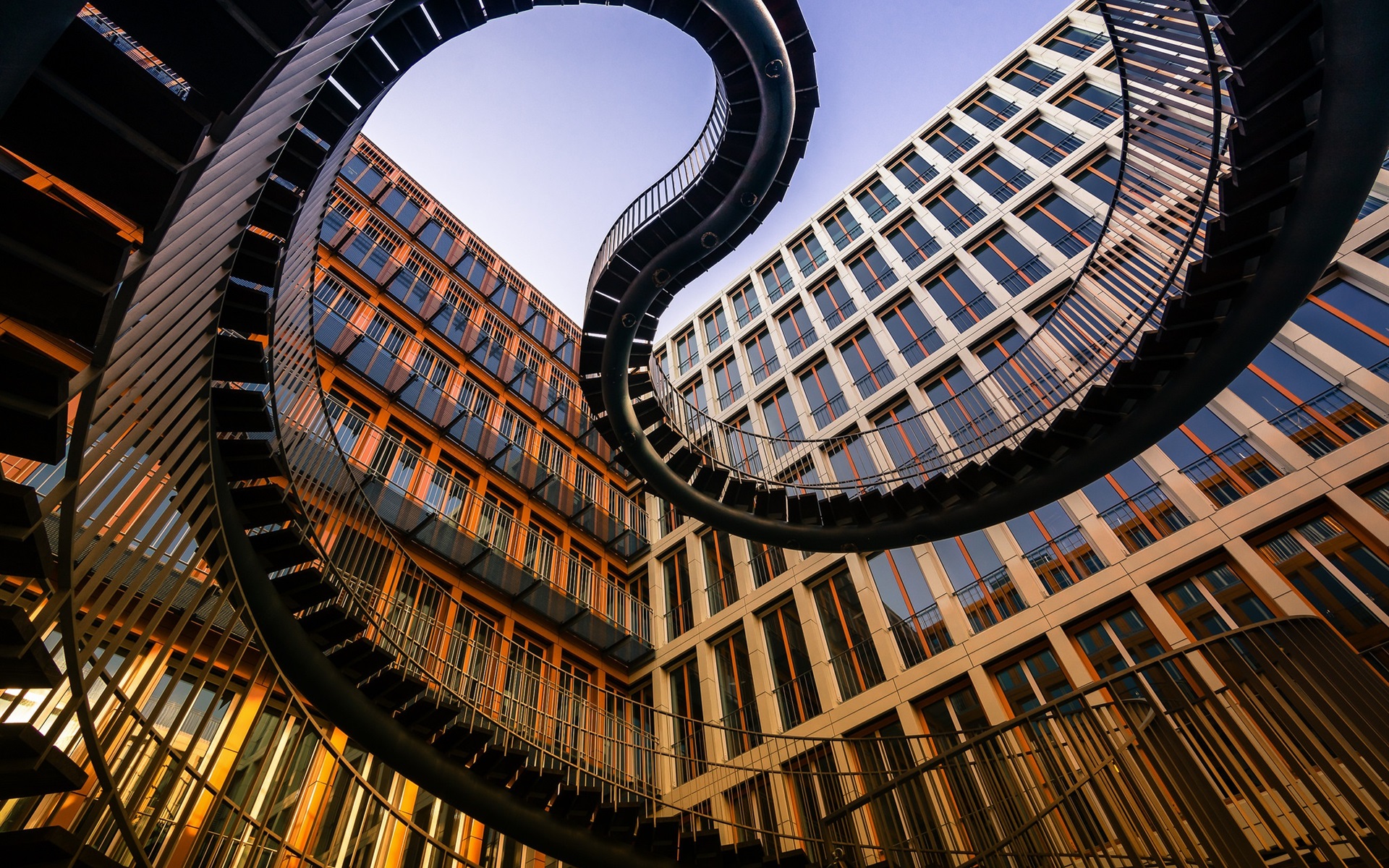
VIEWS
The work chosen in this case is his designs for the City of Arts and Science. The City of Arts and Science consists of a set of six areas: (The Hemispheric, Umbracle, Science Museum, Oceanographic, Palau de les Arts Reina Sofía and the Agora which houses the Caixaforum) located on the bed of the Turia’s river in Valencia (Spain). It was obviously designed by Calatrava which is the architect I’ve chosen. His project was inaugurated in April 1998 and it’s an impressive example of modern architecture.

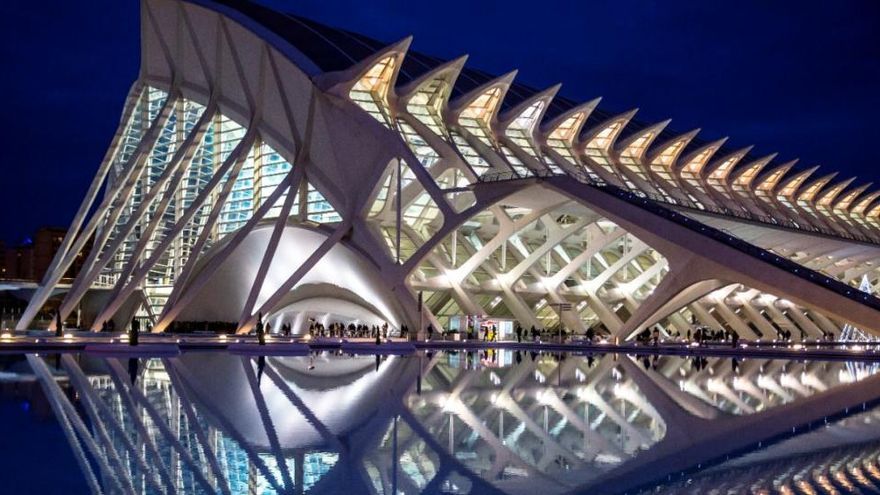
This construction has an overall proposal which is to divulge science and culture and it surprises everyone as it has a stimulating structure that blows minds .Two kilometers of modern architecture which I hope everyone can visit at least once in their lives. Furthermore is a place where light is clearly present and environment is treated with perfection as all is integrated in a surprisignly way.
Moreover, the shapes of the buildings, apart from being creative remember the shapes of a whale, other maritime animals or any living beings. In words of the architect, he made those structures to make people realize that if they aren’t moving the building moves itself as the sunlight and shadows appear and change positions so that everything is never the same during a complete day. Calatrava also insists on the idea of a city, he understands his construction as a functional place, a space where to live.

“The City of Arts and Sciences will only become a city when people can live and work in it. Now it is not because they are only going to spend a few hours there”
Santiago Calatrava
Now let’s get more into detail on each of the parts of Caltrava’s design.
First, the Oceanographic which is the hugest aquarium on Europe containing a lot of different spices there. The most visited place is usually the dolphin’s exhibition were massive queues take place at the entrance of the show. So, it’s recomendable to came with some extra time to don’t lose the chance of seeing these amazing animals.
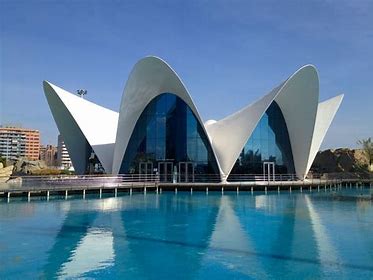
Secondly, the Sciences Museum, where you can enter for free to the ground floor, where there is usually a temporary exhibition, shops, bathrooms and a restaurant. But, for the rest of the exhibitions you will need to buy your ticket. A place where touching everything is compulsory as it’s the overall proposal; having a new enriching experience where science is the main protagonist.
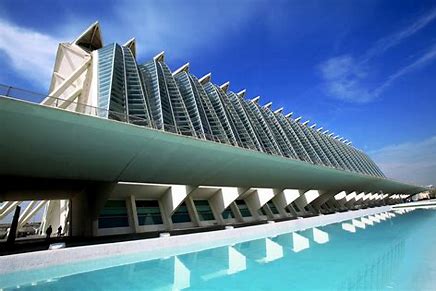
Now is the turn of the Hemispheric, the largest cinema on Spain, provided with 900m2 of screens and high-quality projectors for an extraordinary resolution and experiences. Projections are often every 45 minutes so check the schedule here to be aware of every new projection available.
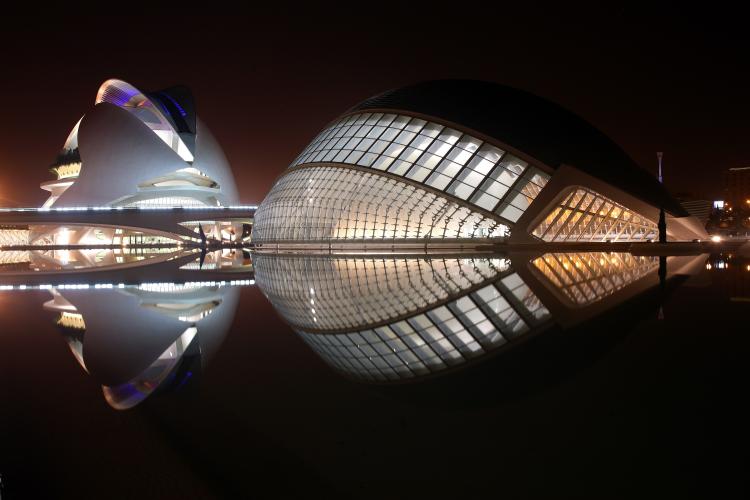
Then, el Palau de les Arts, the initial recommendation is that you attend one of the world-class shows that take place there. Opera, zarzuela, theatre and other great concerts, here you can see all the programming. It’s also available a tour so you can see the whole building focusing on every detail.
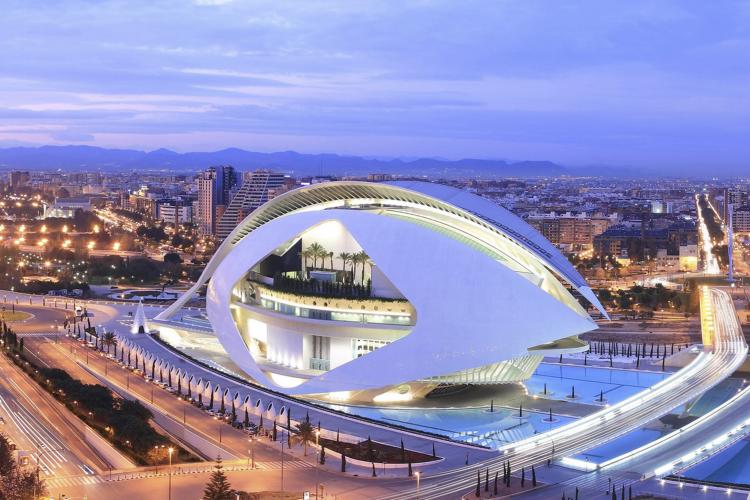
Moreover, Caixaforum which is housed by the agora building, is one of the most impresive things you can visit there. The ability of restoring a building for an ephemeral exposition, that is what Caixaforum is. A mixture of styles and combiantions of ideas that come true on a truly creative space that would amaze you. The you can book for having dinner on the restaurant there that is integrated on the whole exposition.
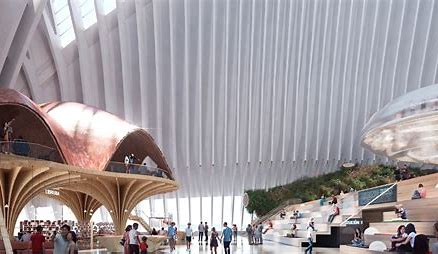
To finalize, if you like exclusivity, you’re going to love this next plan. It is a visit to the outdoor spaces of the City of Arts and Sciences that ends with a dinner on the upper terrace of the Torre de Francia. This is the tallest building in the city and from there you will have incredible views of the entire Valencian complex. Further on, the dinner includes wine tasting which uses to be fabulous.
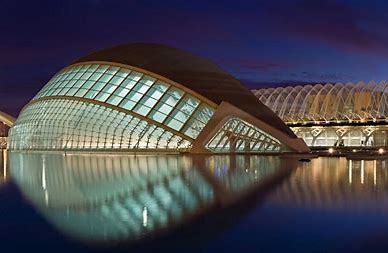
Eventually and as the second part of the activity’s proposal I made a presentation with PechaKucha just with photos which I will present later on to my colleagues on class.
